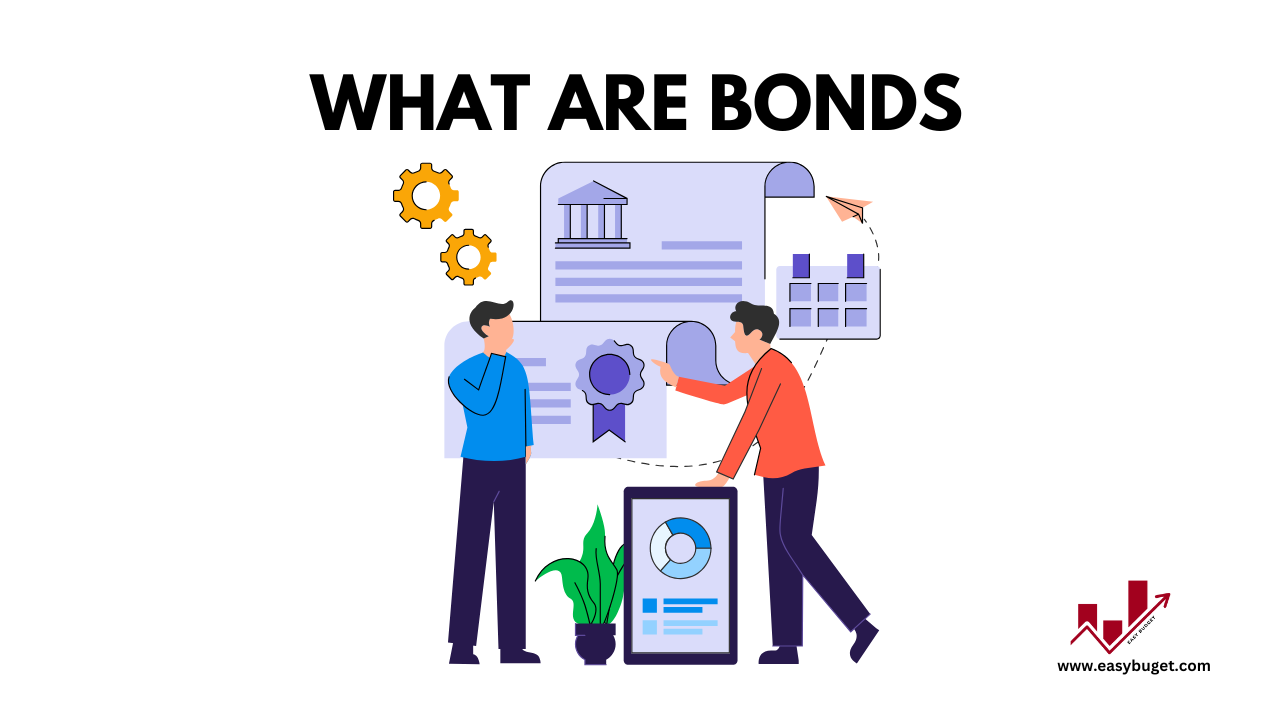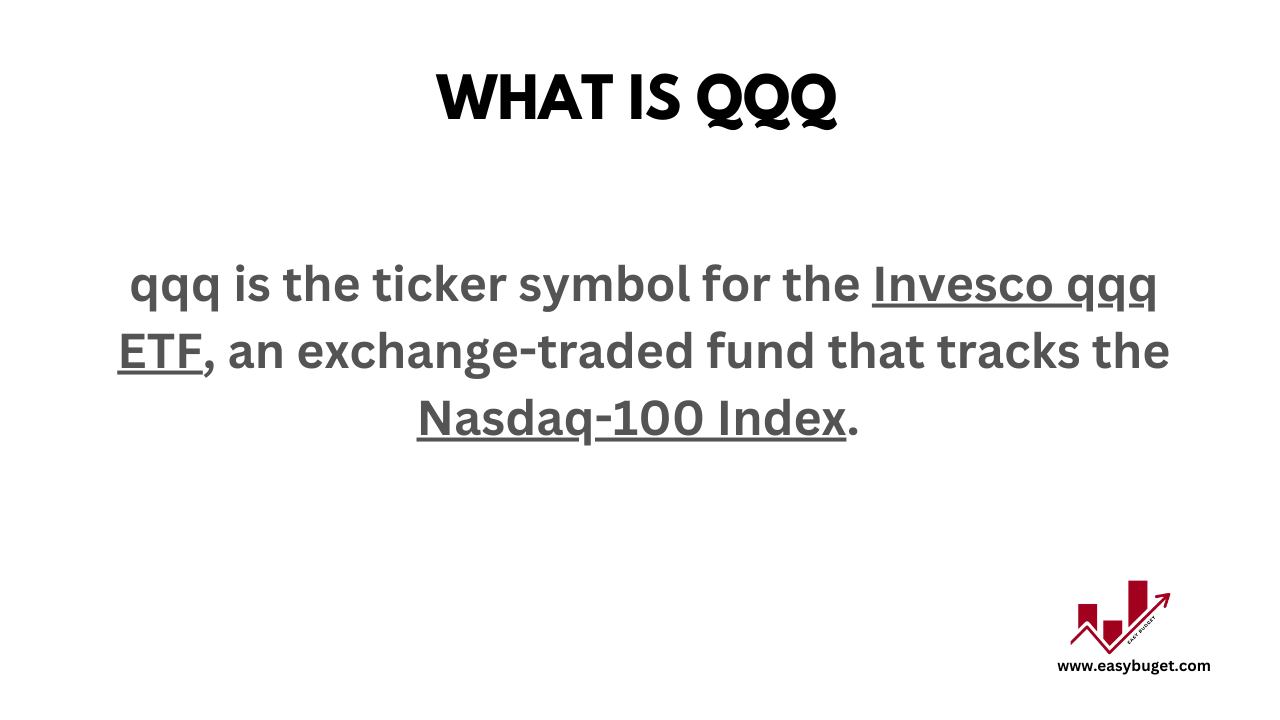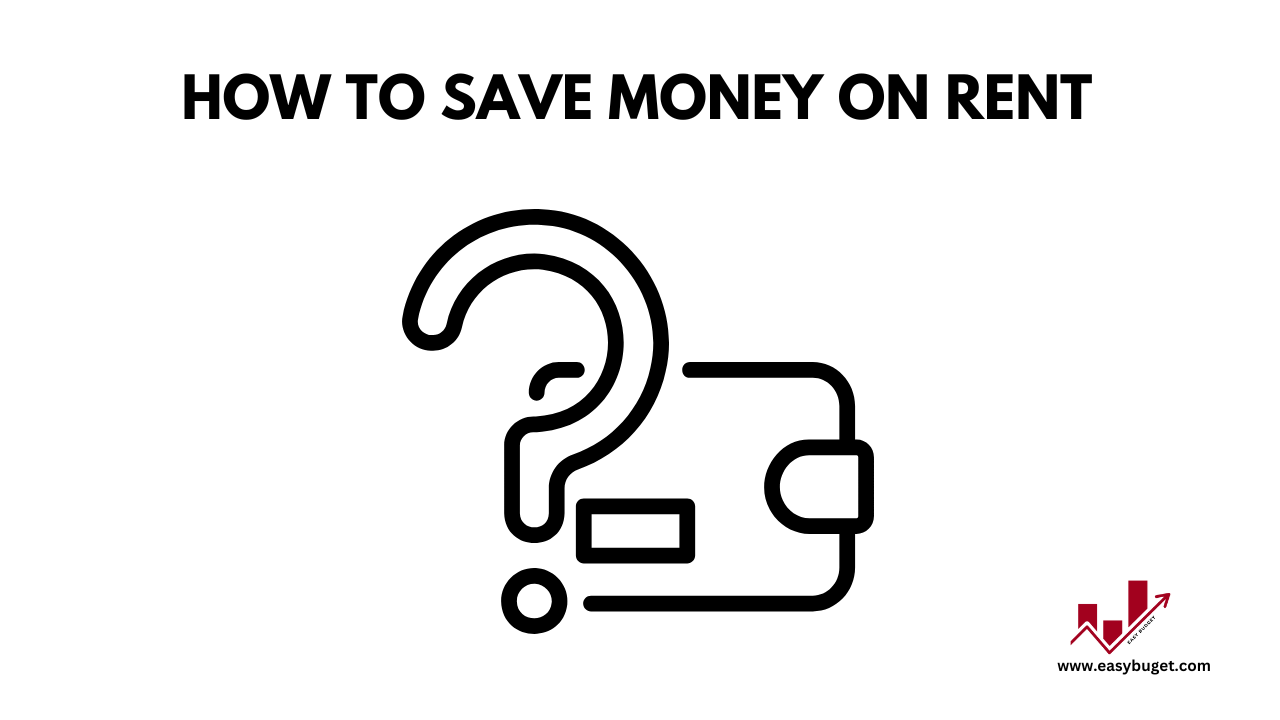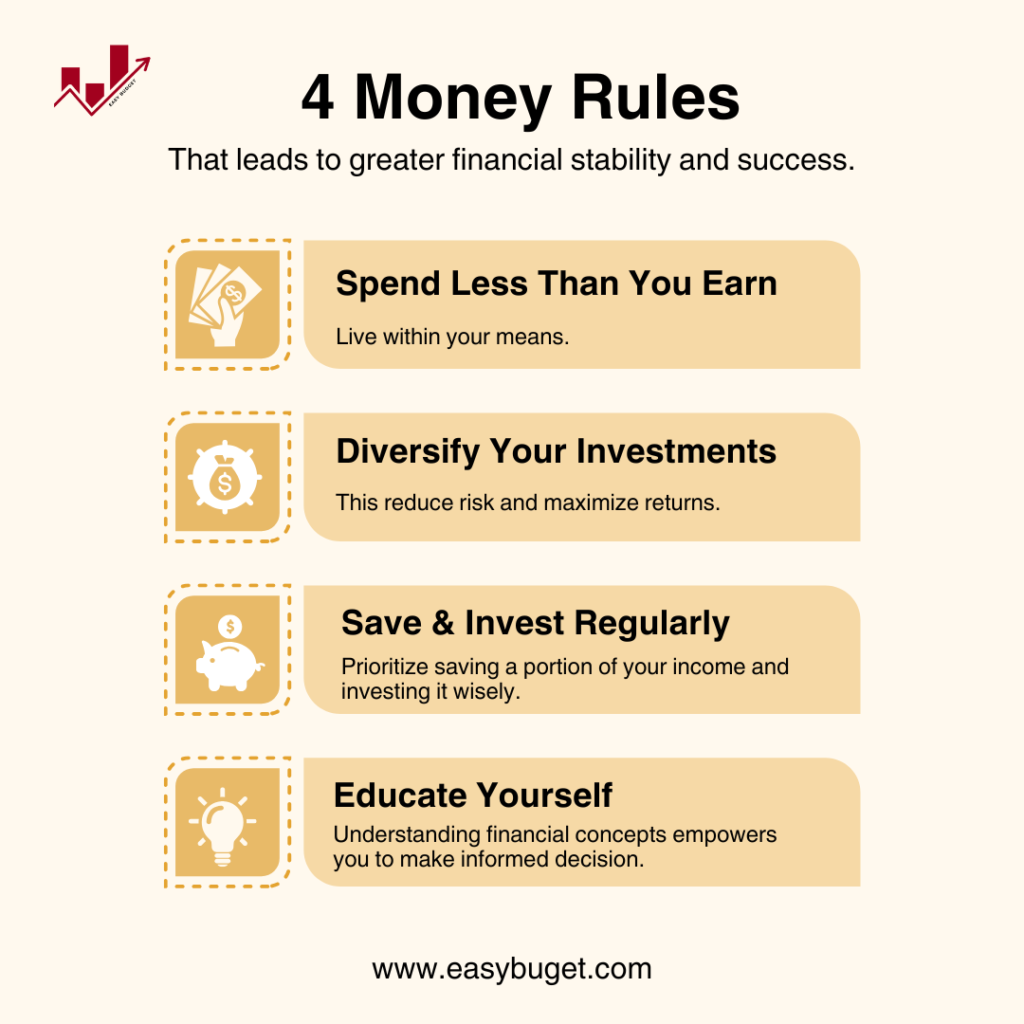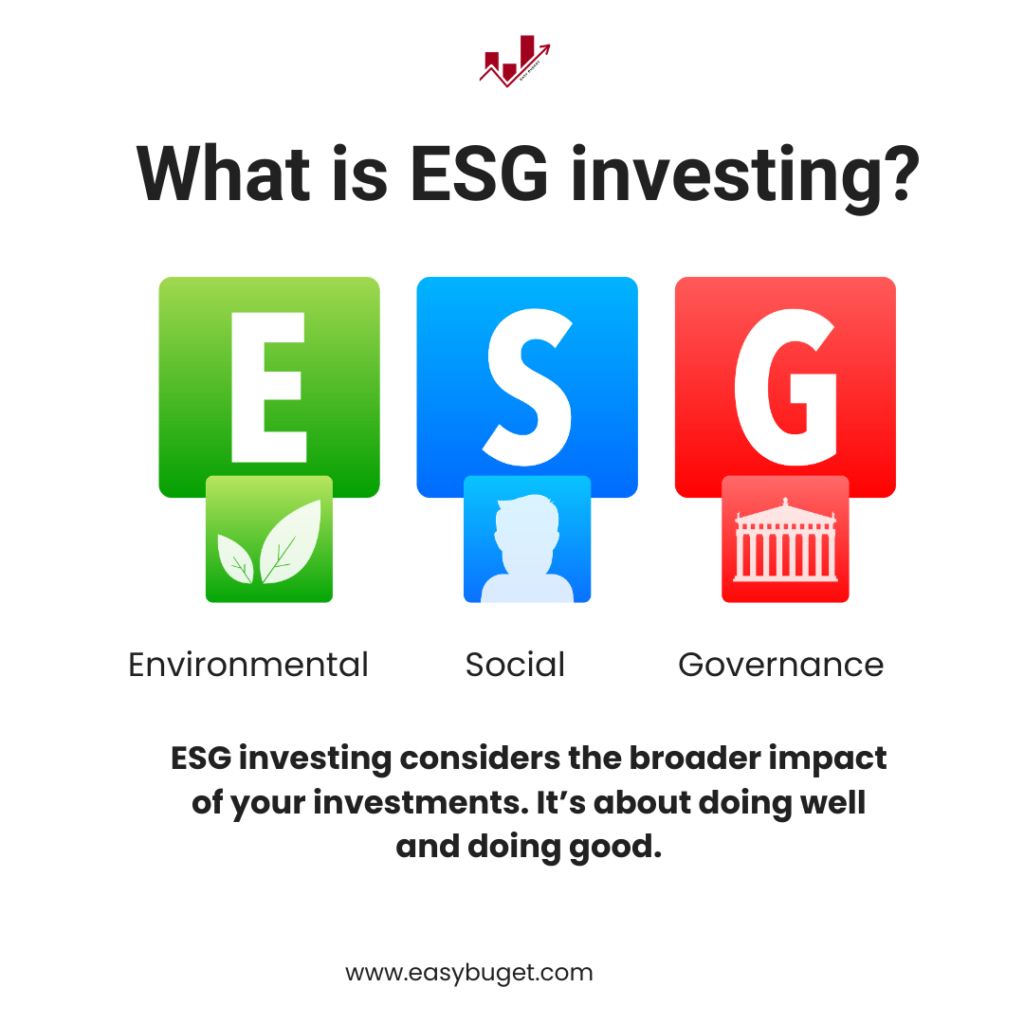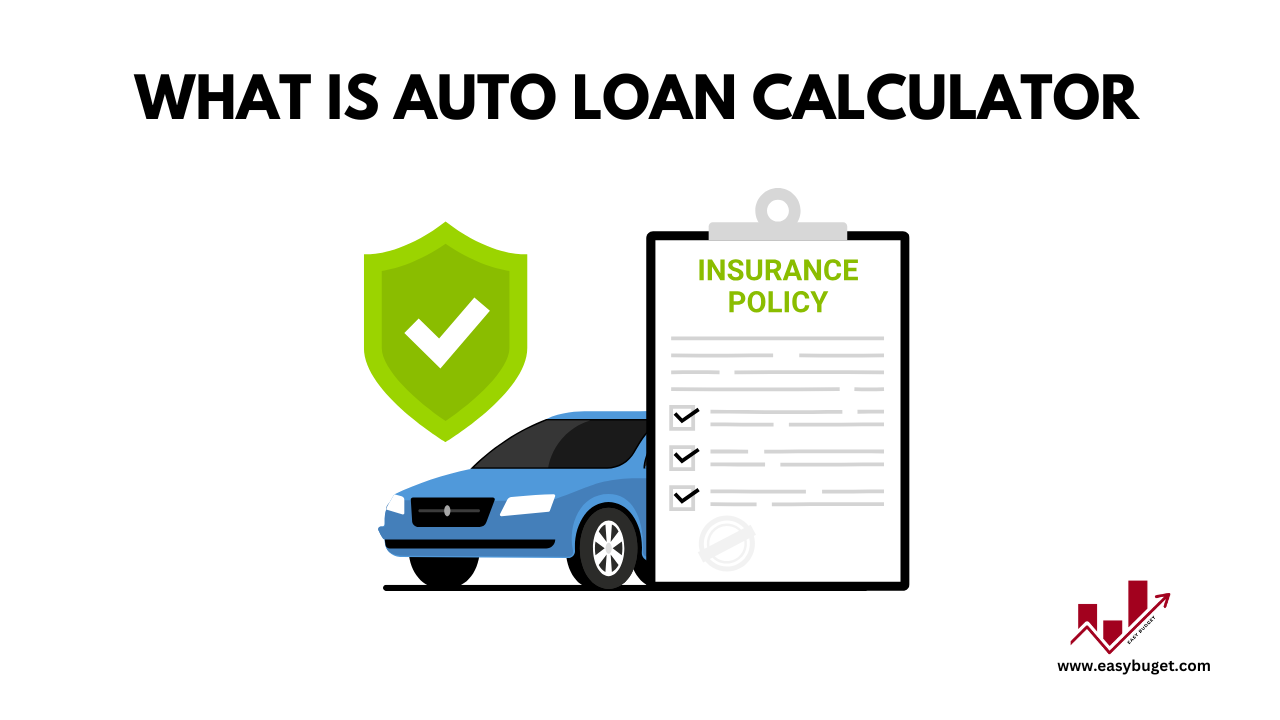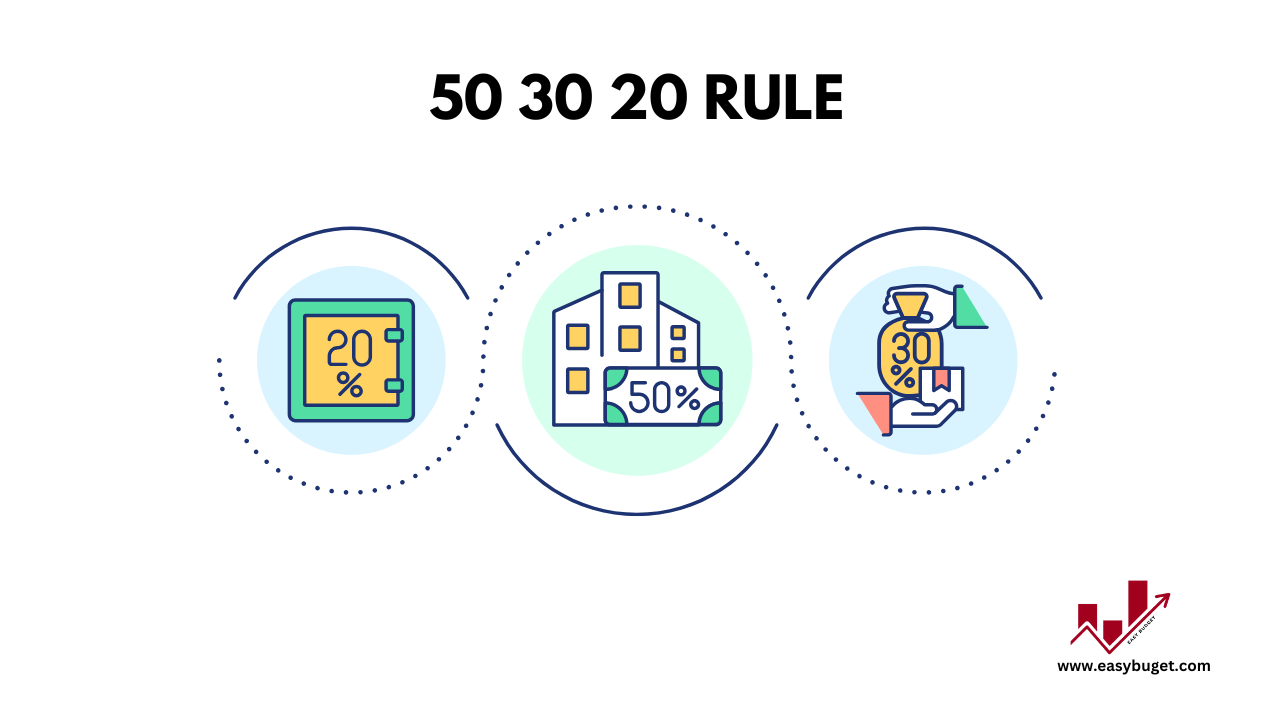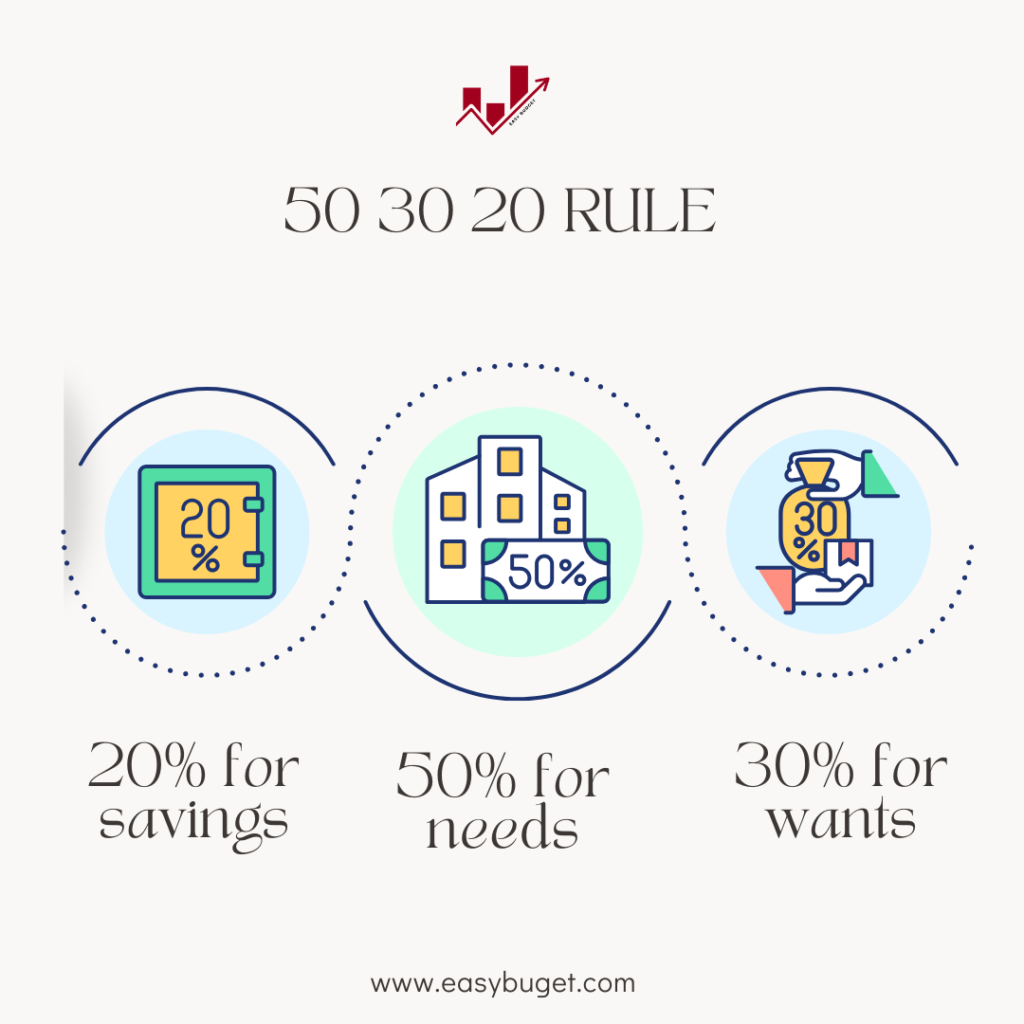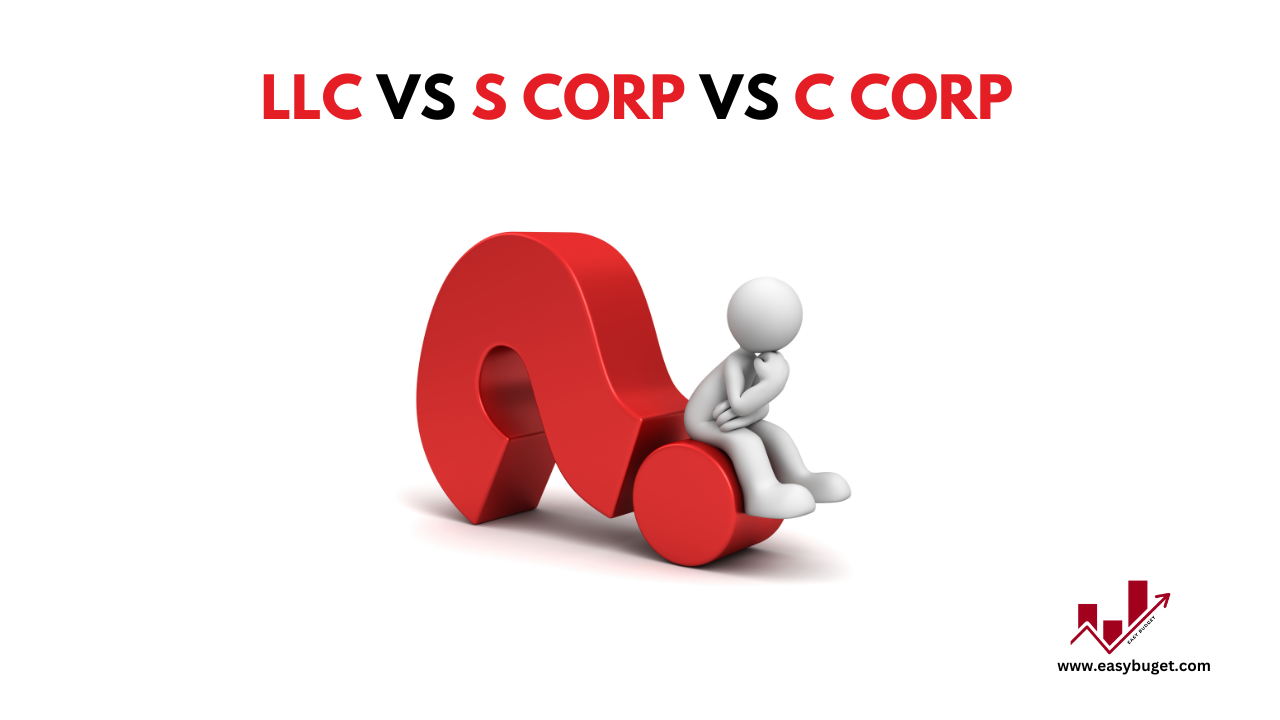When it comes to investing, bonds might not get as much attention as stocks, but they are a cornerstone of any solid investment strategy. Whether you’re looking for steady income, lower risk, or a way to diversify your portfolio, bonds can be a great option.
But what exactly are bonds? How do they work? And which types of Bonds should you consider? In this guide, I’ll break down everything you need to know about bonds, from government bonds to municipal bonds, I bonds, and more. Let’s dive in!
What are Bonds?
At their core, Bonds are like loans. When you buy a bond, you’re lending money to an entity—like the U.S. government, a state, or a company—in exchange for regular interest payments and the return of your principal (the amount you invested) when the bond matures.
Here’s how it works:
- Issuer: The entity borrowing money (e.g., the U.S. Treasury or a corporation).
- Investor: That’s you—the lender.
- Coupon rate: The interest rate the issuer pays you.
- Maturity date: The date when the issuer repays the principal.
Why to invest in Bonds?
- Steady income: Bonds provide regular interest payments, making them a reliable source of income.
- Lower risk: Bonds are generally less volatile than stocks.
- Diversification: Adding bonds to your portfolio can reduce overall risk.
Types of Bonds
Not all bonds are created equal. Here’s a breakdown of the most common types of bonds:
1. Government Bonds
These are issued by the U.S. government and are considered one of the safest investments.
- Treasury Bonds: Long-term bonds with maturities of 10–30 years.
- Treasury Notes: Medium-term bonds with maturities of 2–10 years.
- Treasury Bills (T-bills): Short-term bonds with maturities of less than 1 year.
- Risk: Very low (backed by the U.S. government).
- Example: Treasury bill rates are currently around [insert current rate].
2. Municipal Bonds (Munis)
Issued by state and local governments, these bonds often come with tax advantages.
- Tax-Exempt: Interest is usually exempt from federal and sometimes state taxes.
- Risk: Low to moderate, depending on the issuer.
- Example: A city issuing bonds to build a new school.
3. Corporate Bonds
These are issued by companies to raise capital.
- Investment-Grade: Lower risk, issued by financially stable companies.
- High-Yield (Junk Bonds): Higher risk, issued by companies with lower credit ratings.
- Risk: Varies based on the company’s financial health.
- Example: Apple or Microsoft bonds.
4. Savings Bonds
Issued by the U.S. Treasury, these are designed for individual investors.
- Series EE Bonds: Fixed interest rate, guaranteed to double in value in 20 years.
- Series I Bonds: Inflation-protected, with interest rates adjusted for inflation.
- Risk: Very low.
5. Surety Bonds
These aren’t investments but rather guarantees of performance.
- Purpose: Used in business and legal contexts (e.g., construction projects).
- Example: A contractor obtaining a surety bond to guarantee they’ll complete a project.
6. Bond ETFs
These are exchange-traded funds that invest in a portfolio of bonds.
- Benefits: Diversification, liquidity, and lower costs.
- Examples: iShares Core U.S. Aggregate Bond ETF (AGG), Vanguard Total Bond Market ETF (BND).
Benefits of investing in Bonds
Why should you consider adding bonds to your portfolio? Here are the top benefits:
- Stable income: Bonds provide regular interest payments, making them a reliable source of income.
- Lower risk: Bonds are generally less volatile than stocks.
- Diversification: Adding bonds to your portfolio can reduce overall risk.
- Tax advantages: Municipal bonds often offer tax-free interest.
Risks of investing in Bonds
While bonds are generally safer than stocks, they’re not risk-free. Here are the main risks to watch out for:
- Interest rate risk: Bond prices fall when interest rates rise.
- Credit risk: The issuer may default on payments.
- Inflation risk: Inflation can erode the value of fixed interest payments.
- Liquidity risk: Some bonds may be hard to sell quickly.
How to buy Bonds
Ready to start investing in bonds? Here’s how:
- Through a Brokerage Account: Buy individual bonds or bond ETFs.
- Directly from the U.S. Treasury: Use TreasuryDirect for government bonds.
- Through Mutual Funds or ETFs: Invest in a diversified portfolio of bonds.
How to choose the right Bonds for your portfolio
Not sure which bonds to invest in? Here’s how to decide:
- Assess your goals: Are you looking for income, safety, or growth?
- Consider your risk tolerance: Choose bonds that match your comfort level.
- Diversify: Spread your investments across different types of bonds.
- Check Credit ratings: Use ratings from agencies like Moody’s or S&P.
FAQs about Bonds
Q1: What is the difference between a bond and a stock?
Bonds are debt instruments, while stocks represent ownership in a company.
Q2: Are bonds safer than stocks?
Generally, yes, but they still carry risks like interest rate and credit risk.
Q3: How do I bonds work?
I bonds are inflation-protected savings bonds issued by the U.S. Treasury.
Q4: What are treasury bill rates?
Treasury bill rates are the interest rates on short-term government debt.
Conclusion
Bonds are a powerful tool for building a diversified, low-risk investment portfolio. Whether you’re looking for steady income, tax advantages, or a way to balance out riskier investments, there’s a bond out there for you.
Ready to start investing in bonds? Use this guide to make informed decisions and build a stronger portfolio.
Call-to-Action:
- Have questions about bonds? Drop them in the comments below!
- Found this guide helpful? Share it with your friends and family to help them make smarter investment decisions!

